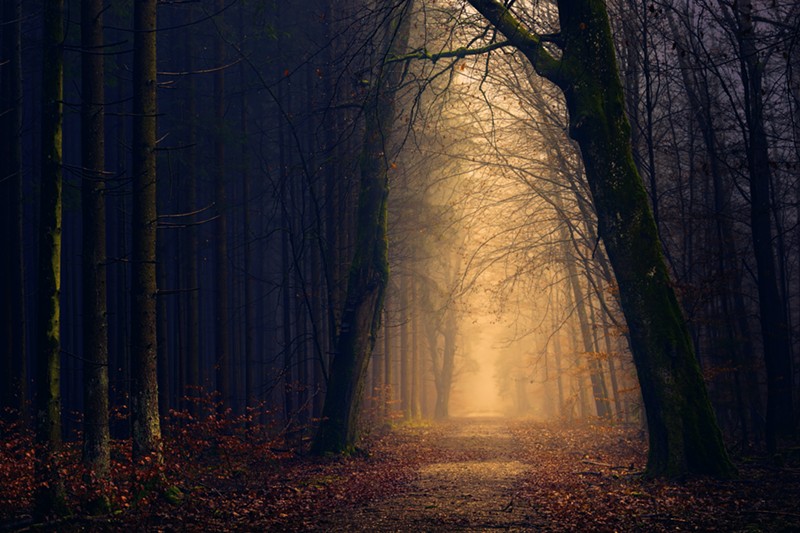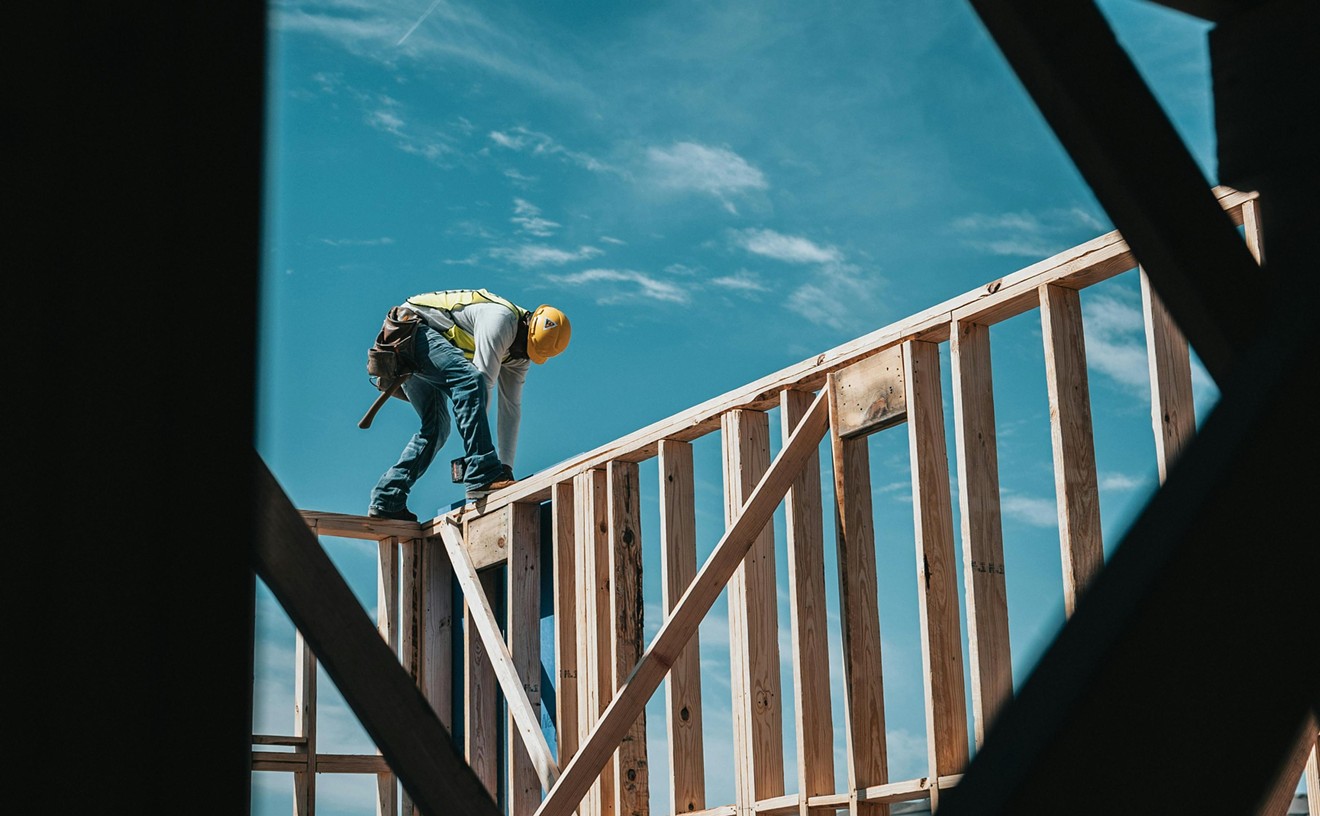Zombie trees are those that look alive but will probably die soon, said local arborist Brian Cox.
“Homeowners and property owners think they're just fine, but they're actually kind of the living dead,” said Cox, the district manager at the Dallas office of Davey Tree Expert Company.
Summer 2023 will forever be burned into our gourds thanks to its hotter-than-Hades temperatures. The hellish weather took a toll on people suffering from eco-anxiety, and trees across the state also clearly felt the heat.
Cox wrote an August column for The Dallas Morning News explaining that it takes time before trees display signs they’ve taken a heat-beating. He wrote that trees this year are more prone to toppling, breaking or dying thanks to the extended drought conditions that plagued the region the previous summer.
The lawn-care company LawnStarter further explained how zombie trees really do resemble the living dead.
“[L]ike many of us before our morning coffee, zombie trees are alive on the outside and dead on the inside,” LawnStarter wrote in a November 2022 post. “The vascular system continues to operate, but the interior is beginning to decay. As a result, zombie trees can look like perfectly healthy trees, grow flowers, and produce foliage in the spring.”
What Causes Zombie Trees?
Sometimes zombie trees’ undead-origin story is tied to damage from weather events, such as ice storms, thunderstorms, hurricanes and droughts, LawnStarter notes. It could also stem from insects, a sensitive subject these days in Big D.Certain Dallas trees have been under siege by an invasive beetle called the Emerald Ash Borer. FOX 4 reported in March that the city has worked to treat ash trees in an effort to stave off the metallic green insect, an Asia native.
These pests were detected in Michigan in 2002 and have since scattered across some 35 additional states. They were first seen in Dallas in May 2022, the city noted in its recent environmental accomplishments report.
What Are Symptoms of Zombie Trees?
Since zombie trees' looks are deceiving, the untrained eye may not notice telltale signs of impending doom. Cox explained that this is where an arborist can assist.Are there cavities, jagged limbs, cracks in the bark or damage at the tree’s base? What about the presence of fungi, such as mushrooms growing out of the trunk? Cox said these signs could indicate that a tree has been infected with the zombie virus.
Drought and heat are tough on trees; when they become heat-stressed, they can experience symptoms like wilting or dropped and dead leaves, CultureMap Dallas reported this summer.
Some North Texans have remarked that certain foliage appeared to turn yellow prematurely this year, something that Cox thinks could be heat-related. Trees have crashed “all over the place” over the past six weeks or so, he said.
“Boom, we're seeing them die now — a lot,” he added. “I mean, I'm seeing them every day: Trees and shrubs that just gave up. They just couldn’t handle the heat.”
What Risks Do Zombie Trees Pose?
Their name is scary enough, but zombie trees can actually present safety hazards too.Cox has noticed that in the Dallas area, certain species in particular are getting zombie-fied these days, including red oaks, pecan trees and Japanese maples. Living-dead trees are especially risky when they stretch over areas like homes, streets, pools, cars or playgrounds — “anywhere where there’s people involved,” Cox said.
“You don’t want these trees — those zombie trees — being ugly and having the potential to fail and drop branches or fall over, or die and then fall over,” he said.
Can Zombie Trees Be Saved?
Finding out your tree is a zombie doesn’t necessarily mean that it’s been forevermore condemned to the grave.Arborists can sometimes revive a zombie tree using various methods, Cox said. Splitting and cracking can potentially be corrected via cables and bolts, and pruning and root fertilization can also help promote health.
He recommends having a certified arborist come out and perform a checkup once a year, or any time after a storm, major drought or extended bout of extreme heat.
“It's always good to get eyes on these trees, especially the zombie trees that you're not sure about that might be healthy [or] they might not be healthy,” he said. “That's where the arborist can really help out.”












